20 pet health symptoms you should never ignore
Your pet can’t speak, but their body can and spotting subtle signs early could save their life
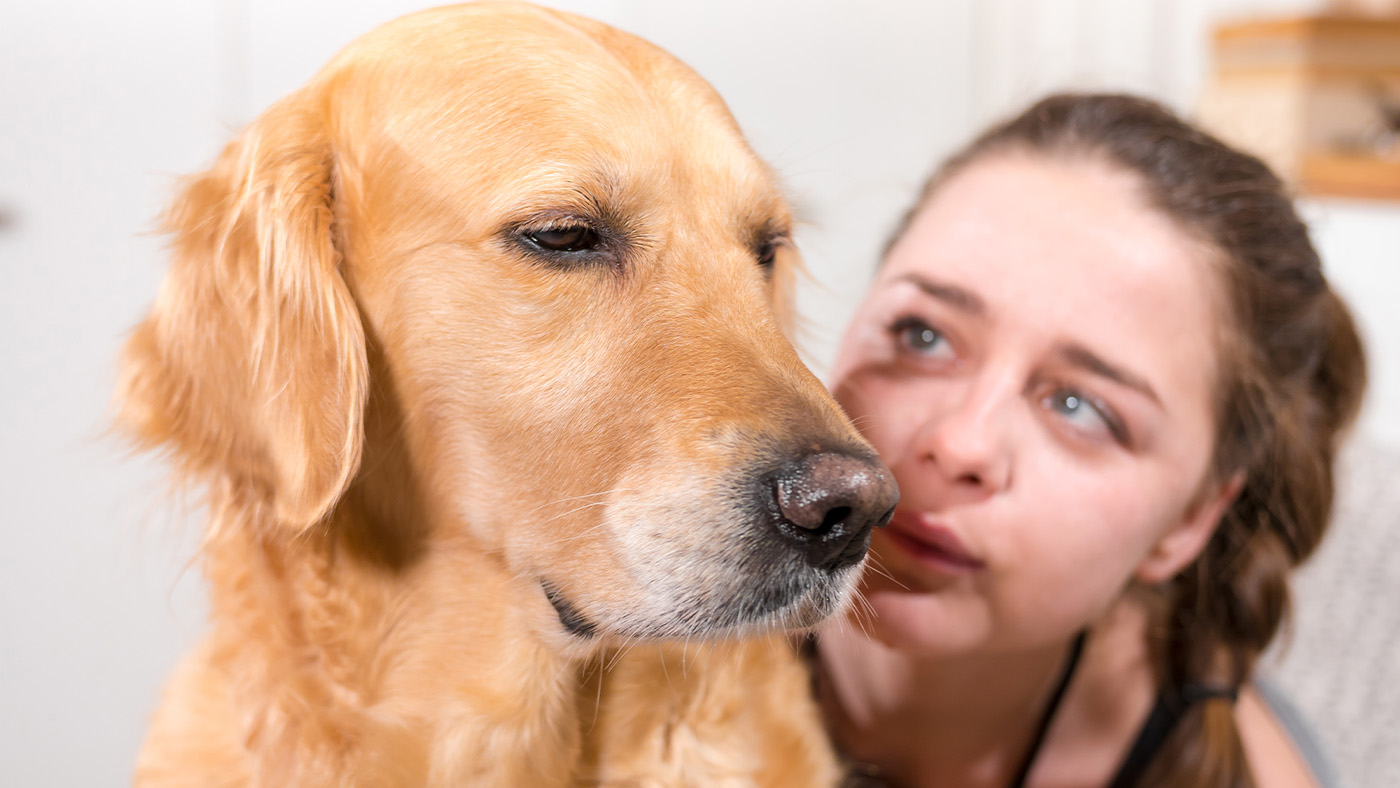
Here are 20 pet symptoms pet parents should never ignore. As pet owners, we wish that our furry companions could tell us when something’s wrong. But animals have their own ways of signaling distress, discomfort, or disease, and it’s up to us to recognize those red flags.
While some signs may seem minor at first glance, they can often be the tip of the iceberg when it comes to your pet’s health. Whether you’re dealing with a lethargic dog or a cat who’s suddenly skipping meals, early attention can mean the difference between a quick fix and a serious medical issue.
Vet Dr Hannah Godfrey outlines the following 20 symptoms that you should never ignore, even if they don’t appear life-threatening in the moment. Some of these signs could point to underlying conditions that worsen over time, while others may signal an immediate need for veterinary care.
This isn’t to spark panic – but to empower you with knowledge so you can act quickly, and confidently if something seems off. When it comes to your pet’s wellbeing, trust your instincts – you know them best.
20 pet health symptoms you shouldn’t ignore
1. Blue or purple gums
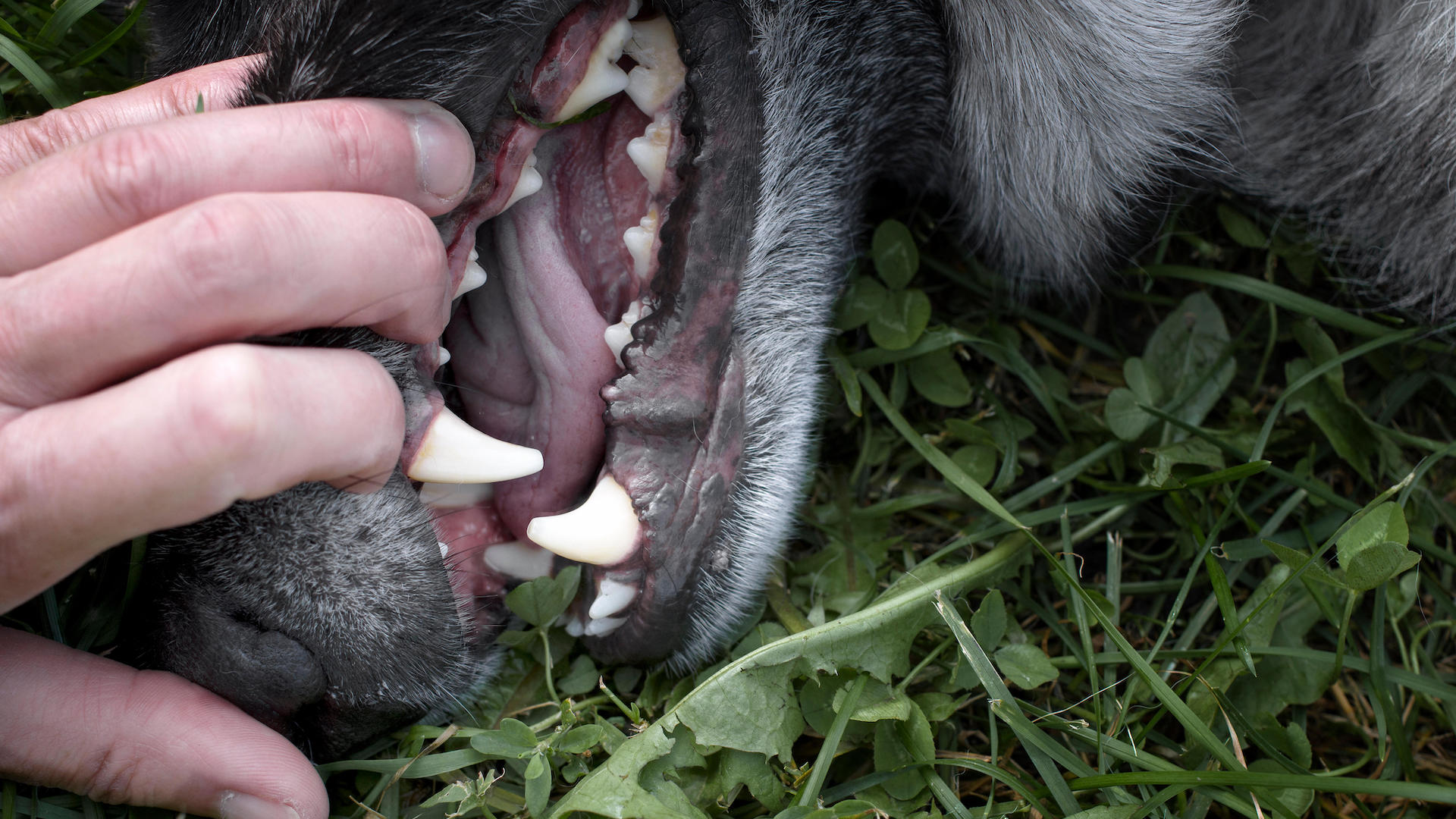
Dr Hannah Godfrey says that blue or purple gums – known as cyanosis – require urgent veterinary attention.
“This is a sign that there isn’t enough oxygen in your pet’s blood,” she says. “It’s usually a consequence of a breathing or heart problem and is an emergency.”
2. Not eating for more than 24 hours

Whether going without food for 24 hours is serious depends partly on the kind of pet and whether they are old or very young. However, any loss of appetite should be closely monitored.
Get the best advice, tips and top tech for your beloved Pets
Some animals, such as hamsters, can go without food for a couple of days, and many animals will skip meals. Is it possible that your pet has scavenged some alternative food source?
But 24 hours’ fasting is nonetheless a warning sign. Check other signs that the pet is well in himself – whether they have energy, are drinking, and they seem bright and alert. Particularly if the inappetence is accompanied by other symptoms of ill health, seek urgent veterinary advice.
3. Not drinking for 24 hours
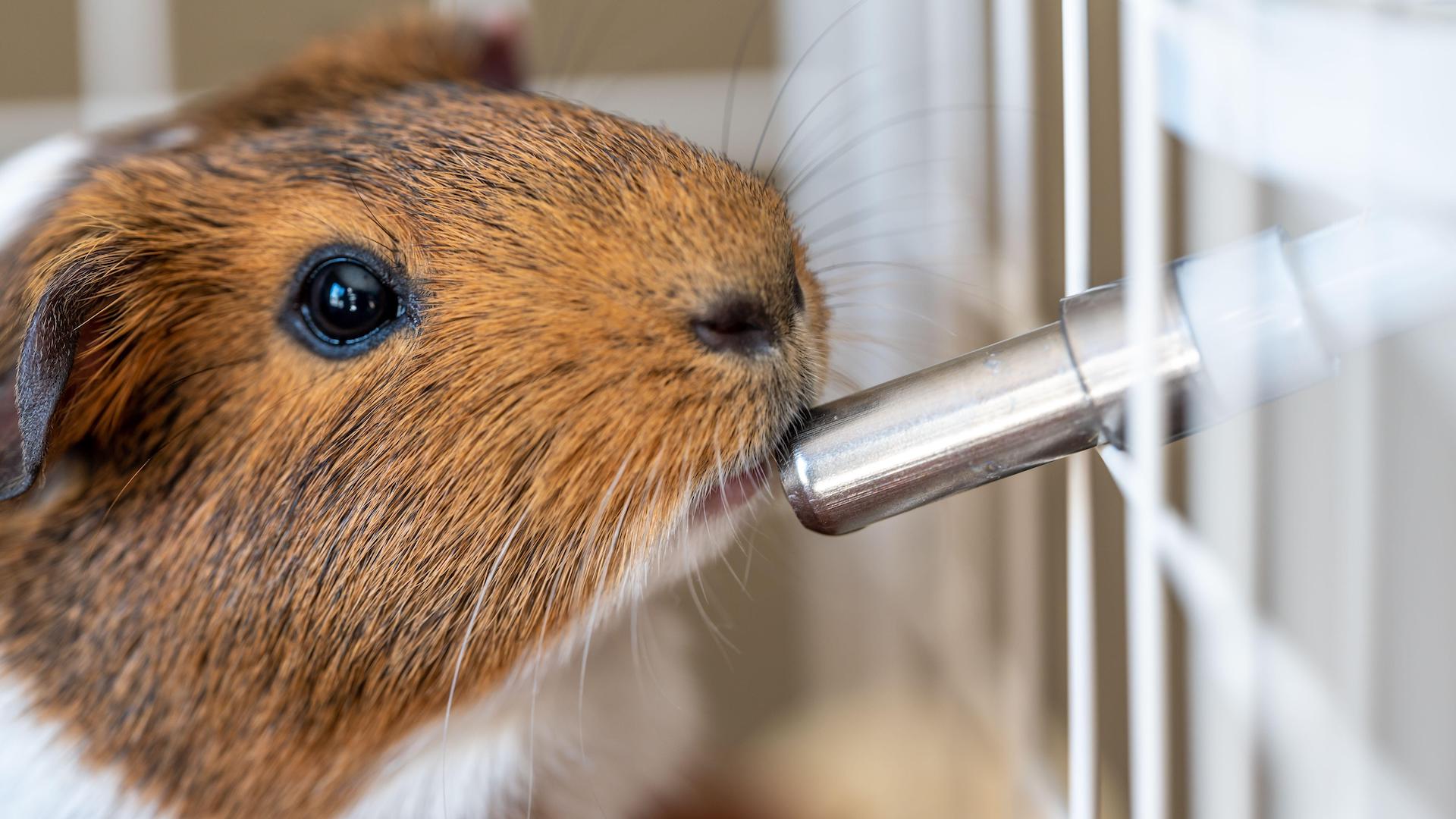
Dogs and cats can survive longer without water, but after 24 hours, dehydration starts to become a concern, and you should seek veterinary attention.
You’ll need to know – why aren’t they drinking? There are many reasons – of varying severity – why a pet might choose not to drink, from disliking the water source to the weather, from stress and anxiety to underlying illness.
Small pets such as hamsters drink very little compared to dogs, but you should always ensure their water bottle has no blockages and the water is clean and fresh.
4. Blood in their poop

Vet Hannah Godfrey says: “If your pet has blood in their feces, it could be simple colitis, however, it’s best to get the vet to check that there’s nothing more serious going on, especially if they’ve never had similar symptoms before.”
It can signal that something is seriously amiss, but equally should not cause panic. There are plenty of more benign reasons why there might be blood, such as minor irritation, straining, or treatable worms.
A one-off small amount, if your pet is acting normally and in good health, should not be cause for concern, but consult your vet if you have any doubts. Black poop and loose stools with jelly-like blood are signs to seek immediate veterinary advice.
5. Retching without vomiting

“Unproductive retching, where your dog seems to be trying to vomit but is unable to, can be a sign of a serious condition called gastric dilatation and volvulus [GDV], where the stomach fills with air and twists,” warns vet Hannah Godfrey. “Unfortunately, a GDV can be fatal, especially without prompt treatment.”
The bottom line is that retching – or dry heaving – can be a sign of a number of serious problems as well as more minor ones. For this reason, it’s best to consult your vet, as the issues could be life-treatening – besides GDV, it could be due to a blockage, ingested toxins, or breathing difficulties.
6. Excessive drooling
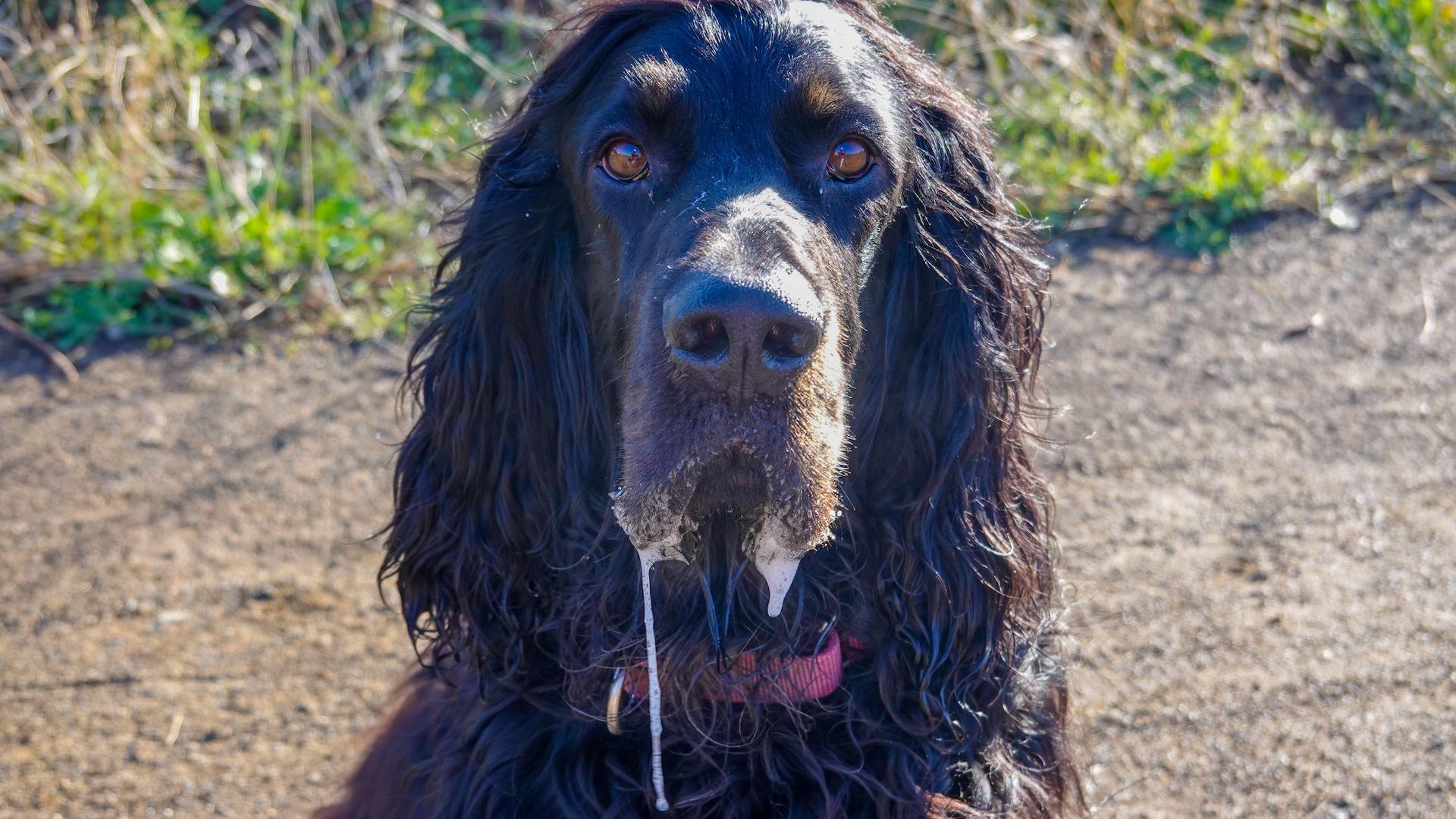
The important thing here is to know your own pet. Some dog breeds are known for drooling, but if the amount of saliva production changes, that is a sign that something is amiss.
Vet Hannah Godfrey advises: “If your cat or dog is drooling excessively, it could mean that there’s something lodged in their esophagus, they’ve eaten or licked something caustic, or there’s inflammation or even a tumor in their mouth.”
7. A sudden bloated or distended belly

A swollen belly requires urgent veterinary attention, as it can indicate gastric dilatation-volvulus (also known as bloat), which can be fatal. Other serious conditions, such as a tumor, intestinal blockage, or infection, are also a possibility. Do not give your pet food or water while you are waiting for veterinary advice, nor attempt to treat it at home.
It can be a sign of other, less serious conditions, such as over-eating, eating too fast and parasites – your vet will be able to advise.
8. Collapse
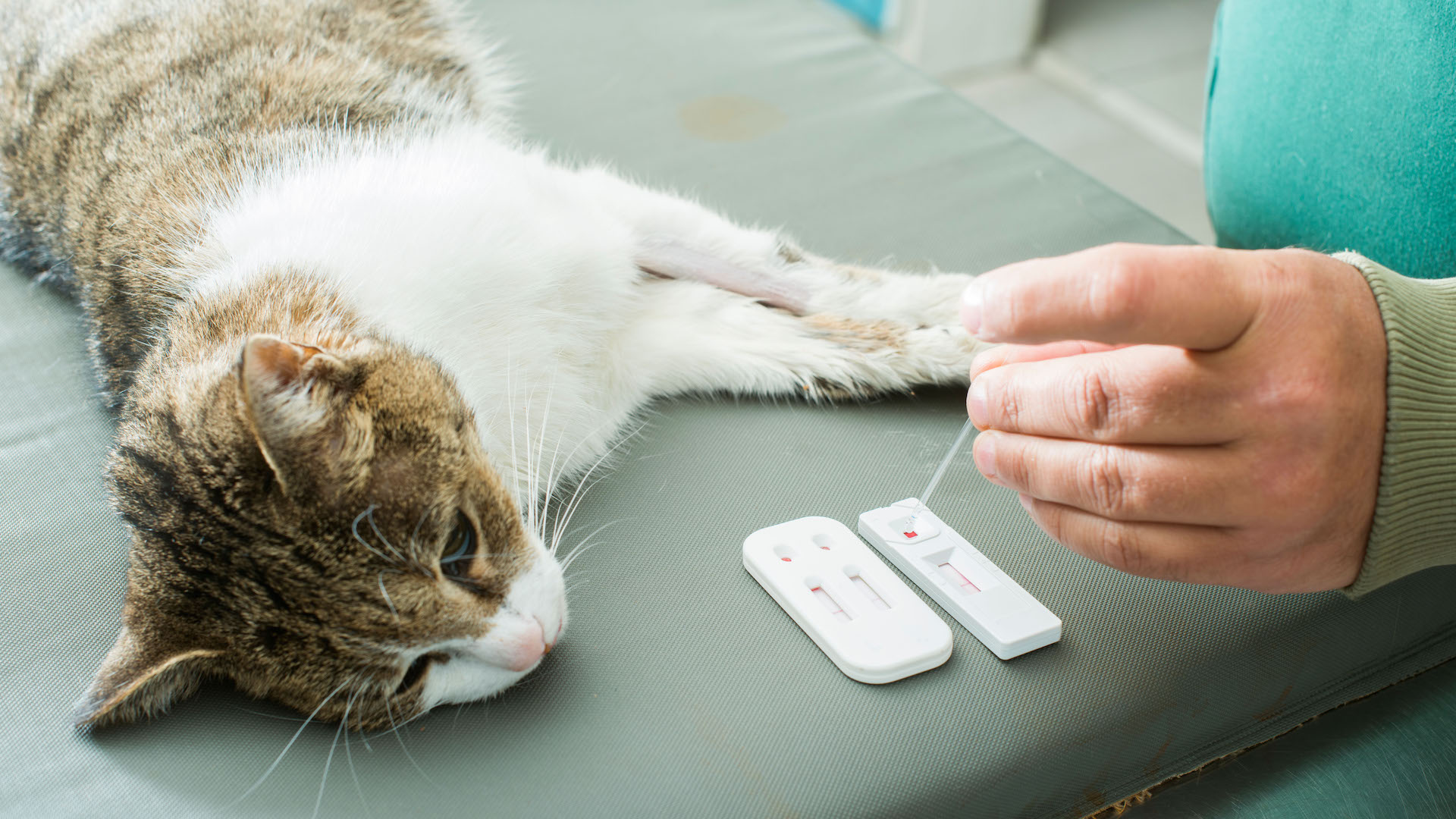
We’re sure you don’t need us to tell you that a pet that collapses is always a veterinary emergency, even if they seem to recover, as the vet will need to determine the cause. Collapse can be due to a wide range of factors, such as cardiovascular or neurological issues, epilepsy, low blood sugar, heatstroke, and exhaustion.
As always with a veterinary emergency, do not panic. Pets can collapse and make a full recovery, so it is vital to find out why it has happened.
9. Seizures
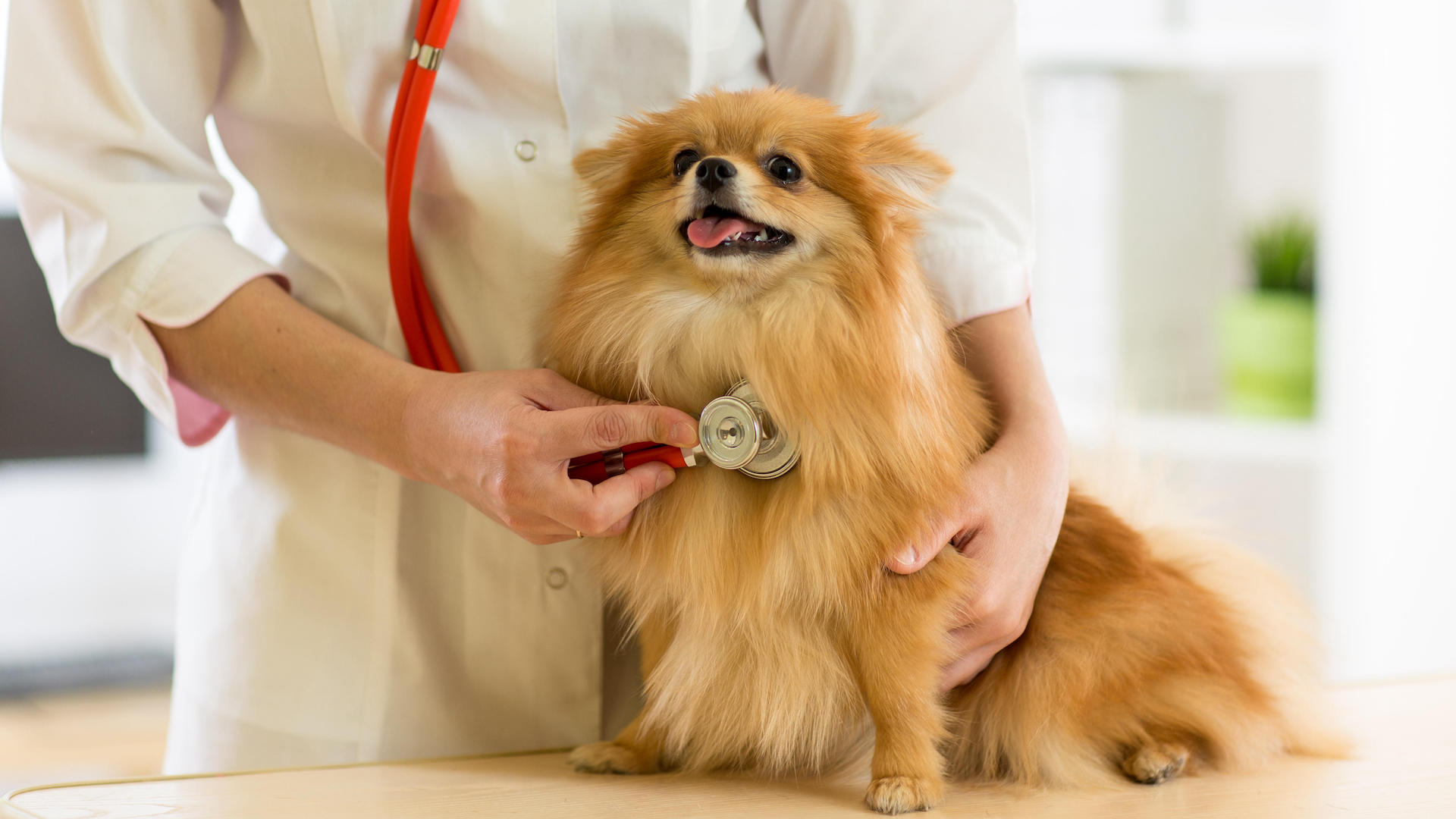
The most common cause of seizures in pets is epilepsy, but there are several other potential factors, such as poisoning, tumors, head injuries, disease, and metabolic disorders. Whatever you suspect, consult your vet as something is clearly amiss.
As well as seeking veterinary help, clear the area around them during their seizure for their safety, and do not try to restrain them or put anything in their mouth. Try to time the seizure so that you can inform the vet.
10. Bleeding that won’t stop with pressure
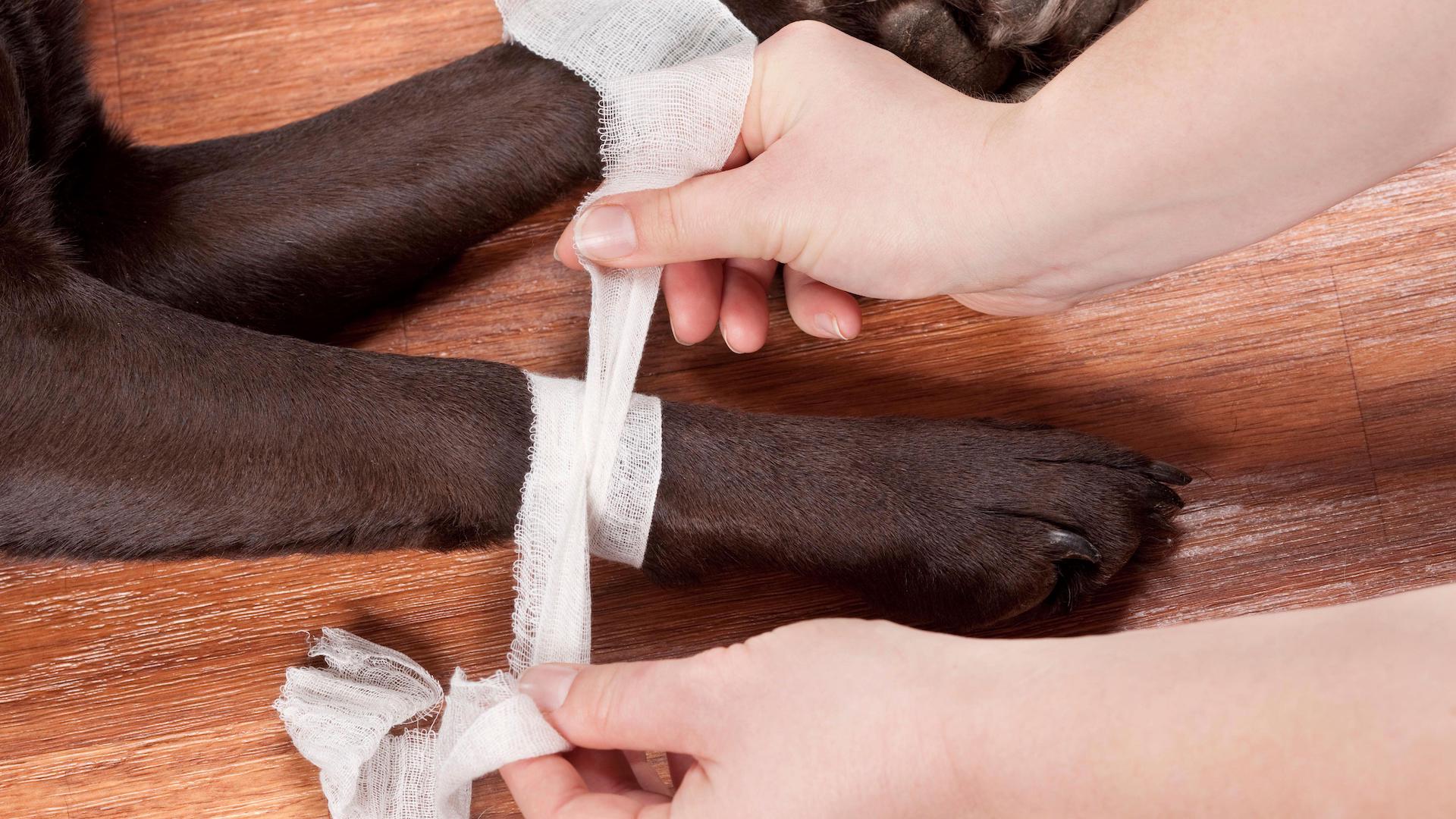
Like humans, pets suffer cuts and injuries, causing bleeding. Most cuts can be treated with simple first aid, but if the bleeding is heavy and persistent, or you cannot stop it after 10–15 minutes of applying pressure, you should consult a vet.
Look out also for allied symptoms such as pale gums, breathing difficulties, lethargy, and other signs of shock.
11. Difficulty breathing
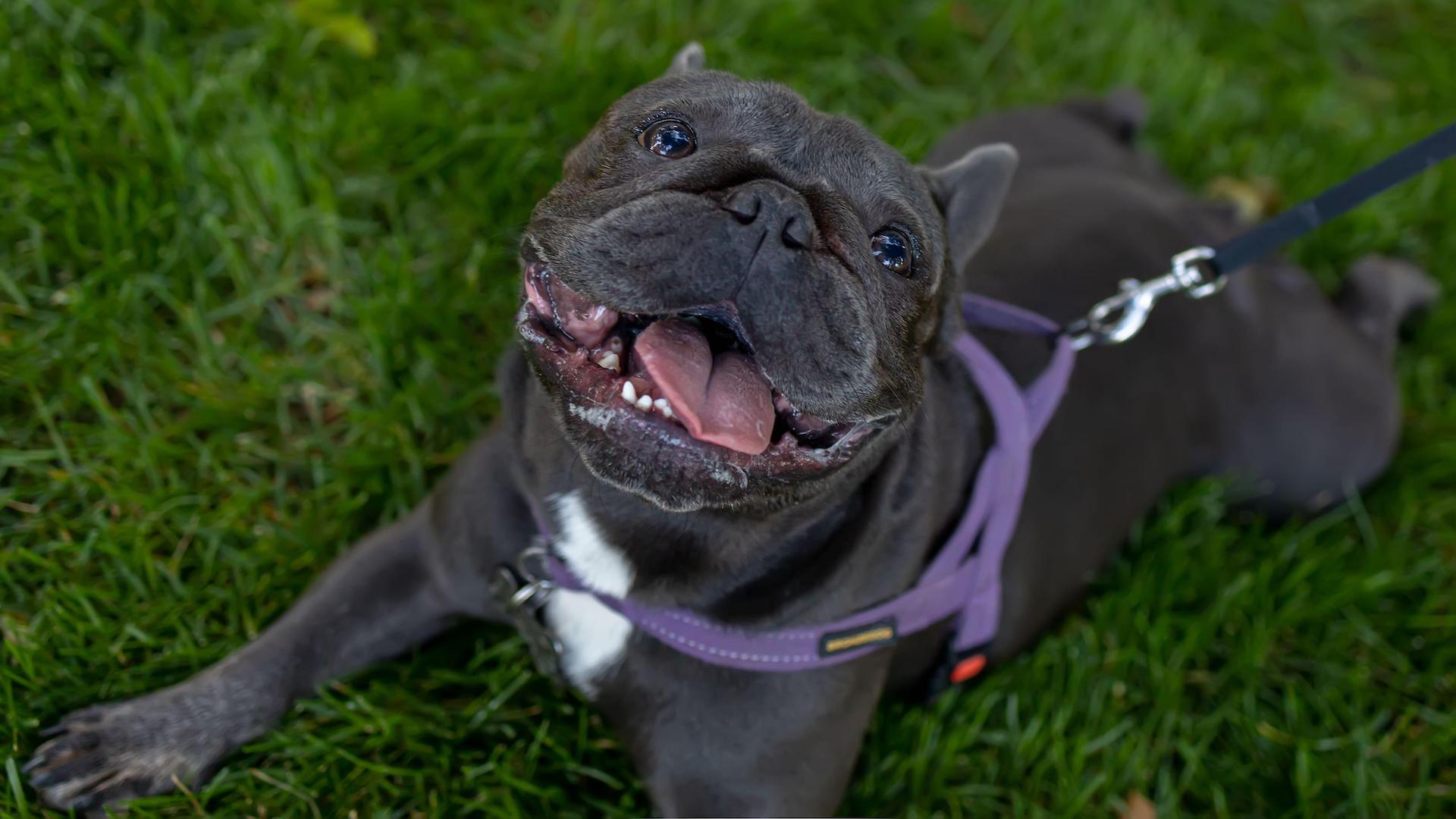
Some pets, particularly brachycephalic animals, have breathing problems and often make a noise simply inhaling and exhaling. So it’s a case of knowing what is normal for your own pet. However, if you notice that they are struggling to breathe, making an abnormal noise, or have blue gums, it’s a warning sign to call your vet immediately.
12. Regular coughing
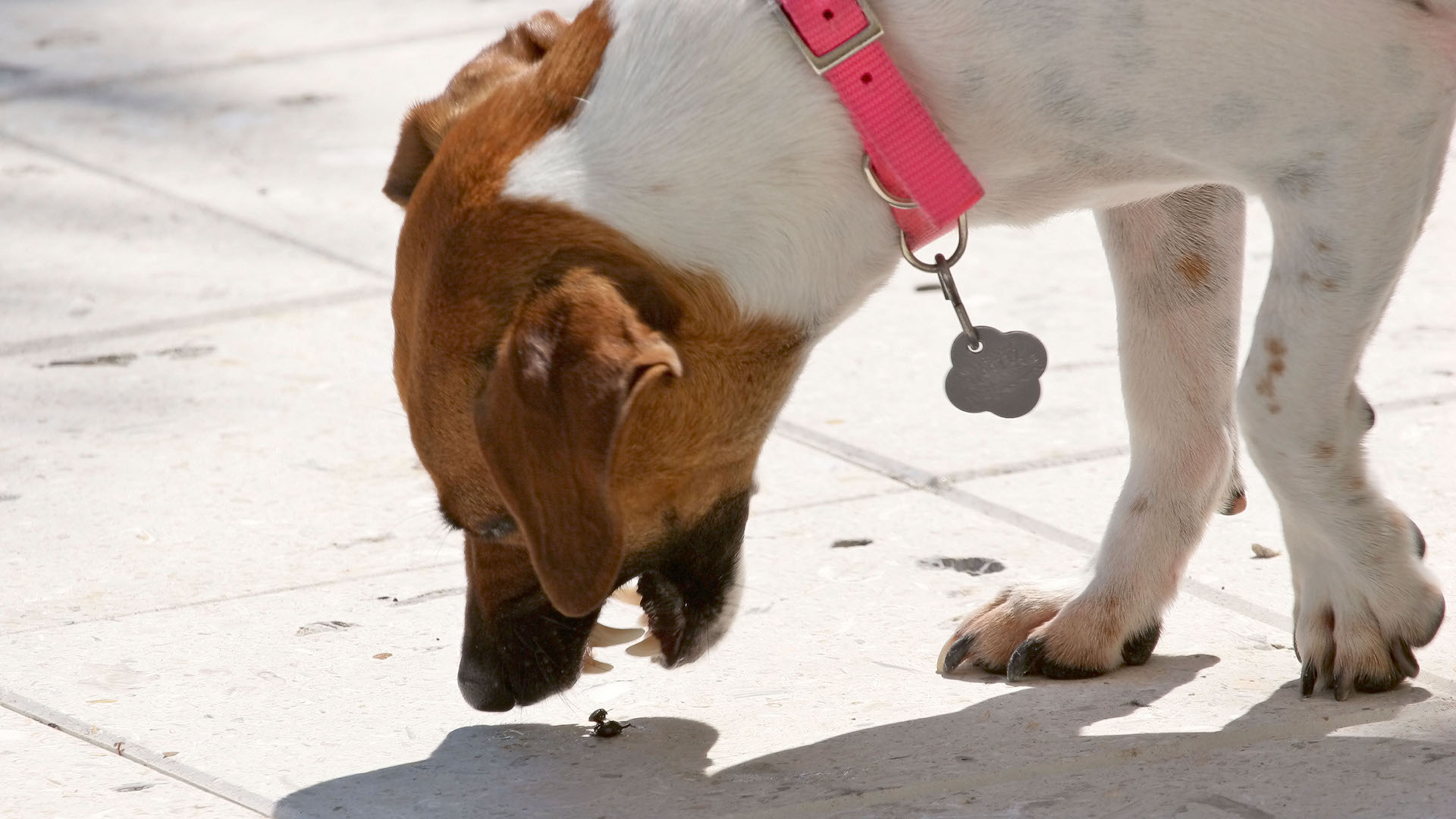
Coughing now and again is a common problem, but a regular cough should ring alarm bells. Most viruses are mild and the pet can recover quickly, but if the cough is persistent or intense, the pet is coughing up mucus or blood, or there are accompanying signs of ill health, such as breathing problems or lethargy, seek veterinary advice.
13. Vomiting even after drinking
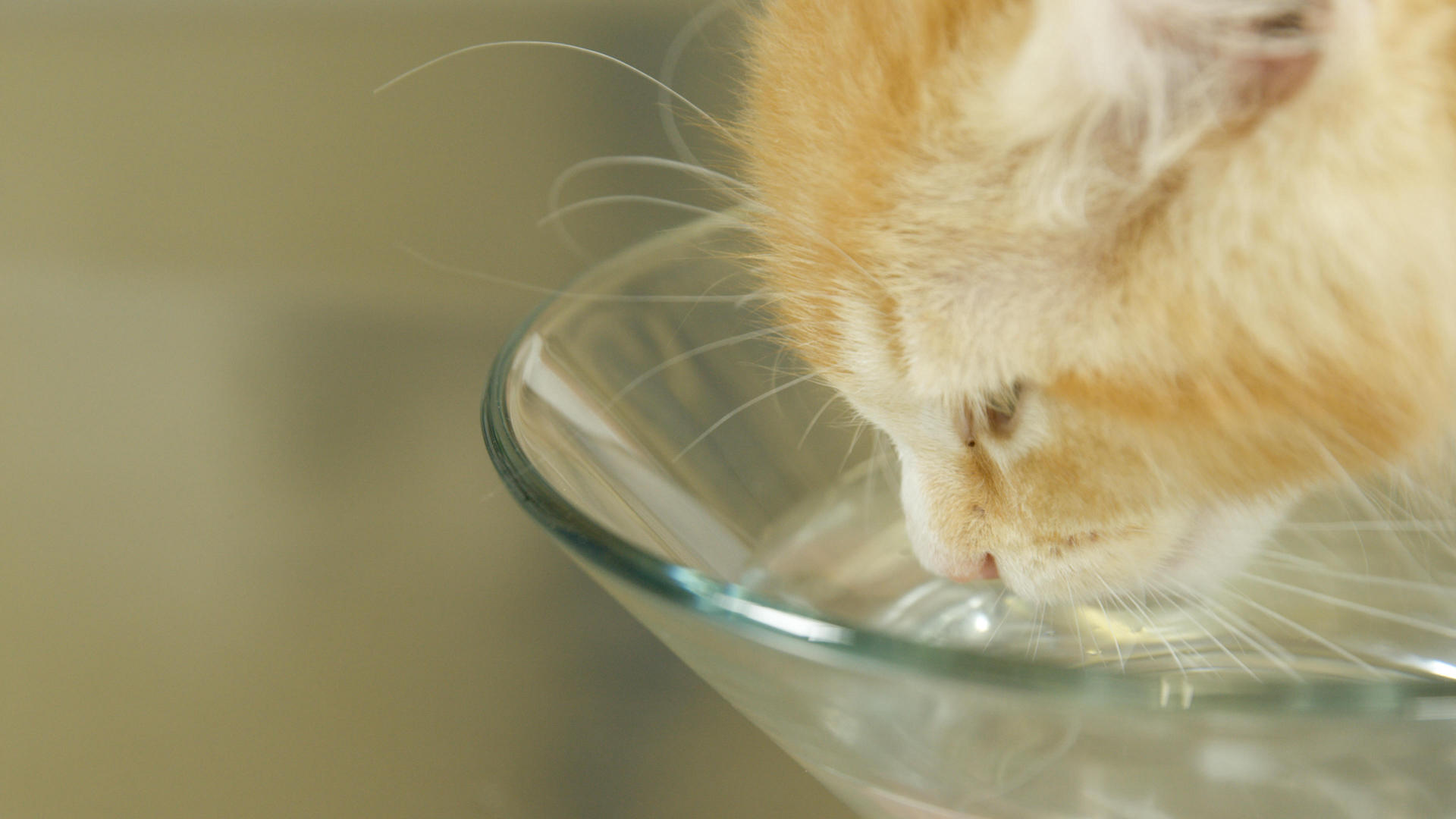
It is not normal for pets to throw up after drinking water, however, it may simply be due to drinking too fast on a hot day.
However, if your pet is nauseous and vomiting after drinking when their stomach is empty, this indicates there might be a more serious problem. Parasites, internal infections, gastrointestinal issues, or an esophageal blockage can also cause vomiting.
14. Seeming weak or unable to stand

Weakness is a vague sign that all is not well with your pet. The degree of alarm will depend on their age and stage. For instance, the very young and old are weaker than those in the prime of life, while animals with underlying conditions such as arthritis may be unwilling to stand or to get up from their sleeping position.
While all pets may experience some degree of lethargy from time to time – weather, tiredness from a long walk, or a mild virus will have an effect – but persistent weakness is likely to be a sign of a more serious issue.
15. Scooting or licking their bottom
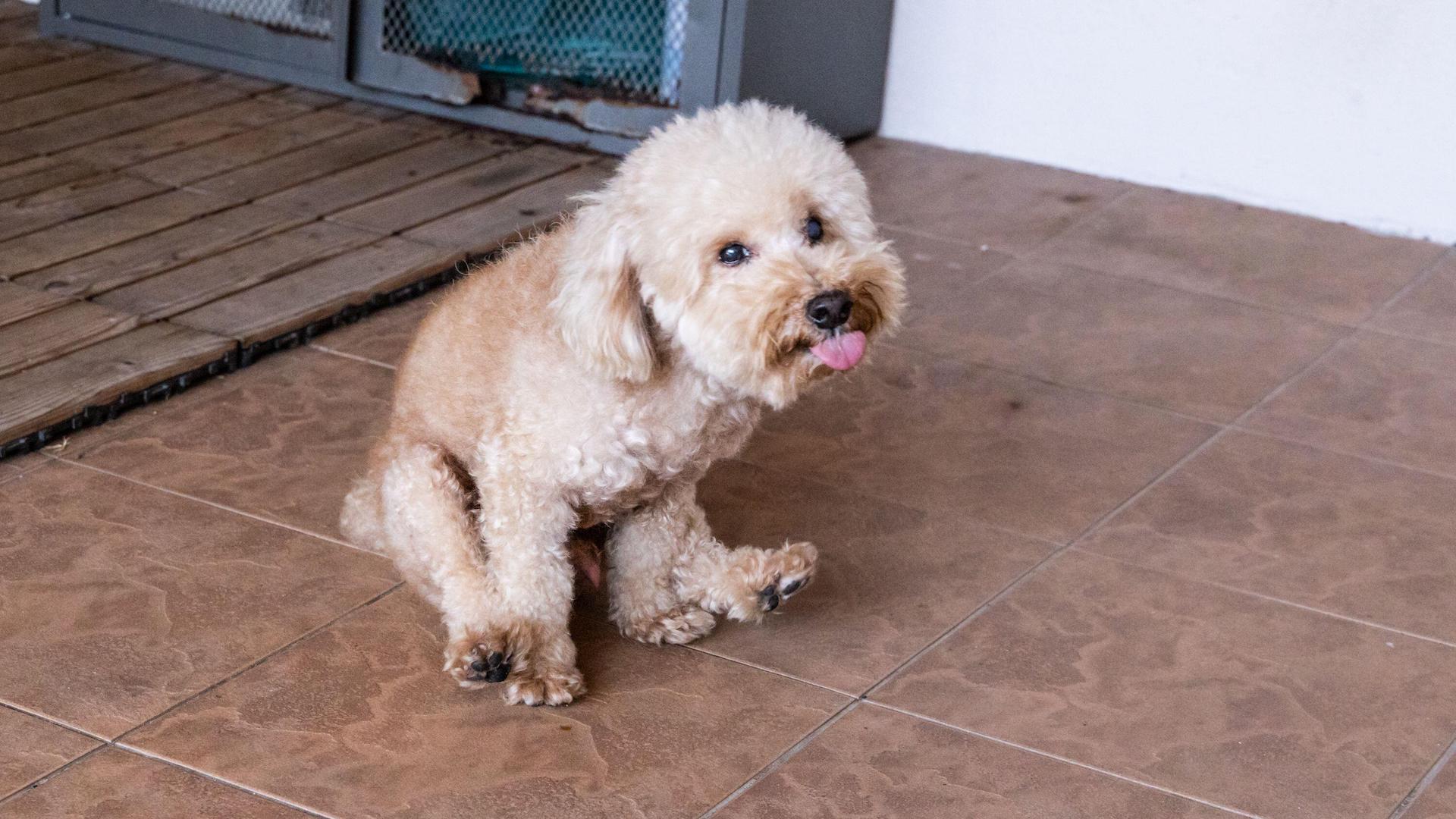
Scooting is when a pet drags their bottom along the ground, as though they are trying to scratch or alleviate some discomfort in that area.
While not typically an emergency, scooting often indicates that your pet needs veterinary intervention. Possible causes are blocked or infected anal glands, or parasites. Look out for redness, soreness, or discharge, which may indicate infection.
16. A yellow or orange tinge to their skin, gums, or eyes
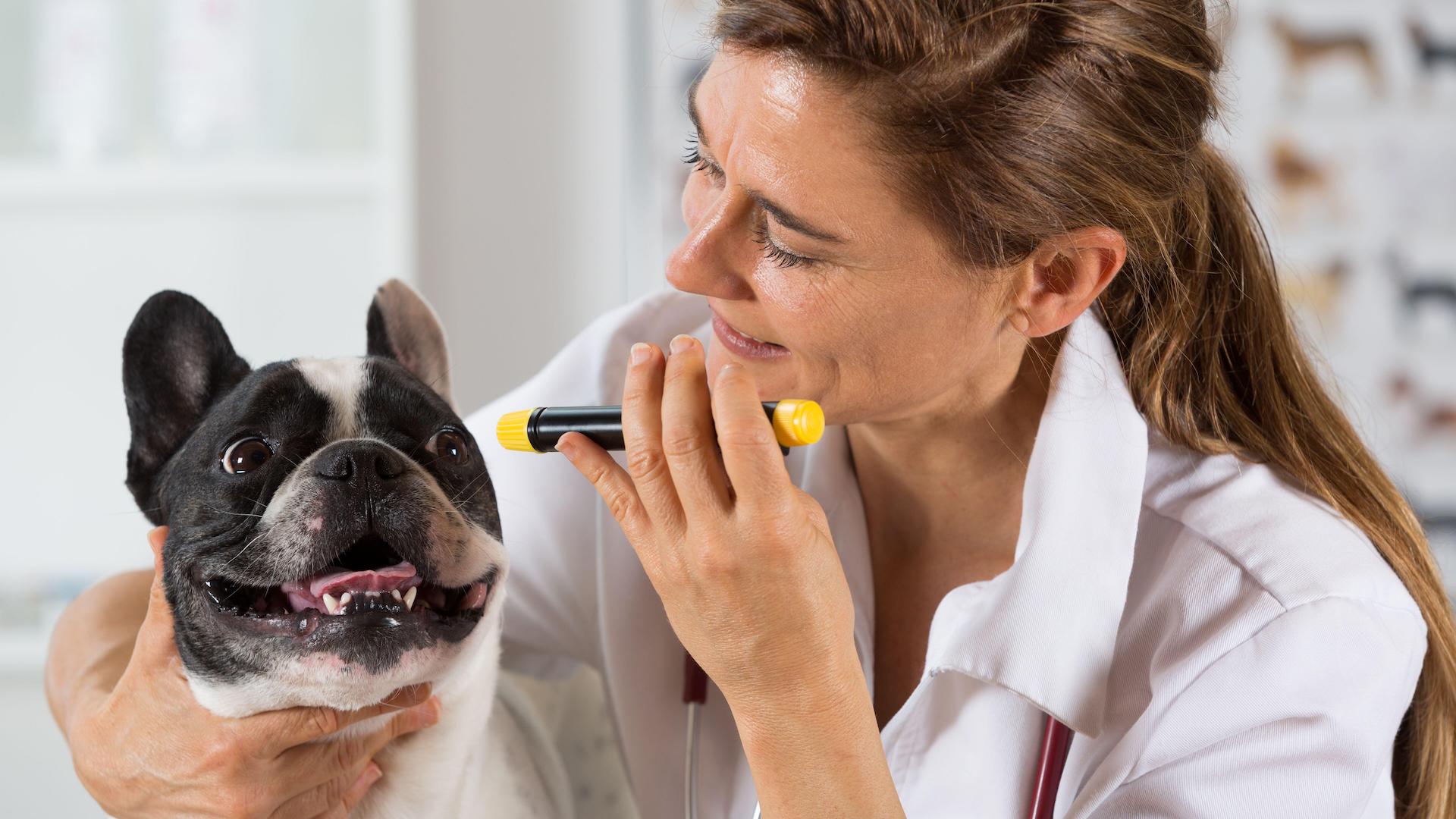
A yellow tinge to the skin, gums, and eyes is a symptom of the disease jaundice. The discoloration indicates an underlying condition, which can be life-threatening if not treated, so seek veterinary help immediately.
Jaundice may be due to liver disease, a problem with the bile duct, or certain toxins.
17. Very pale or white gums
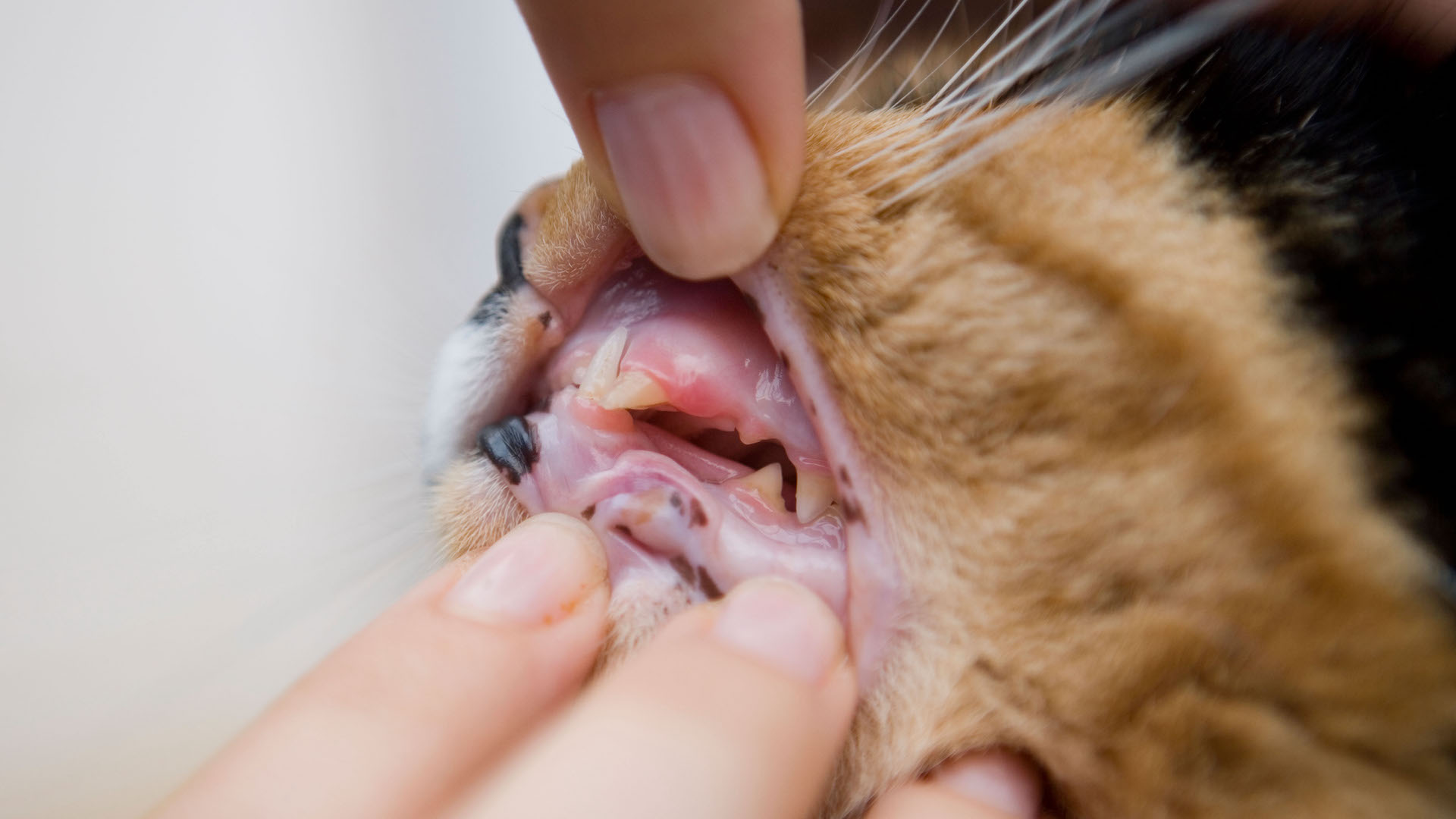
Gums are a great indicator of the health status of your pet. They should be salmon pink, so if you spot that their gums are pale or white, it’s a sign that something is amiss. Pale gums may indicate a serious issue, such as anaemia or internal bleeding, so call your vet at once.
18. Severe diarrhea
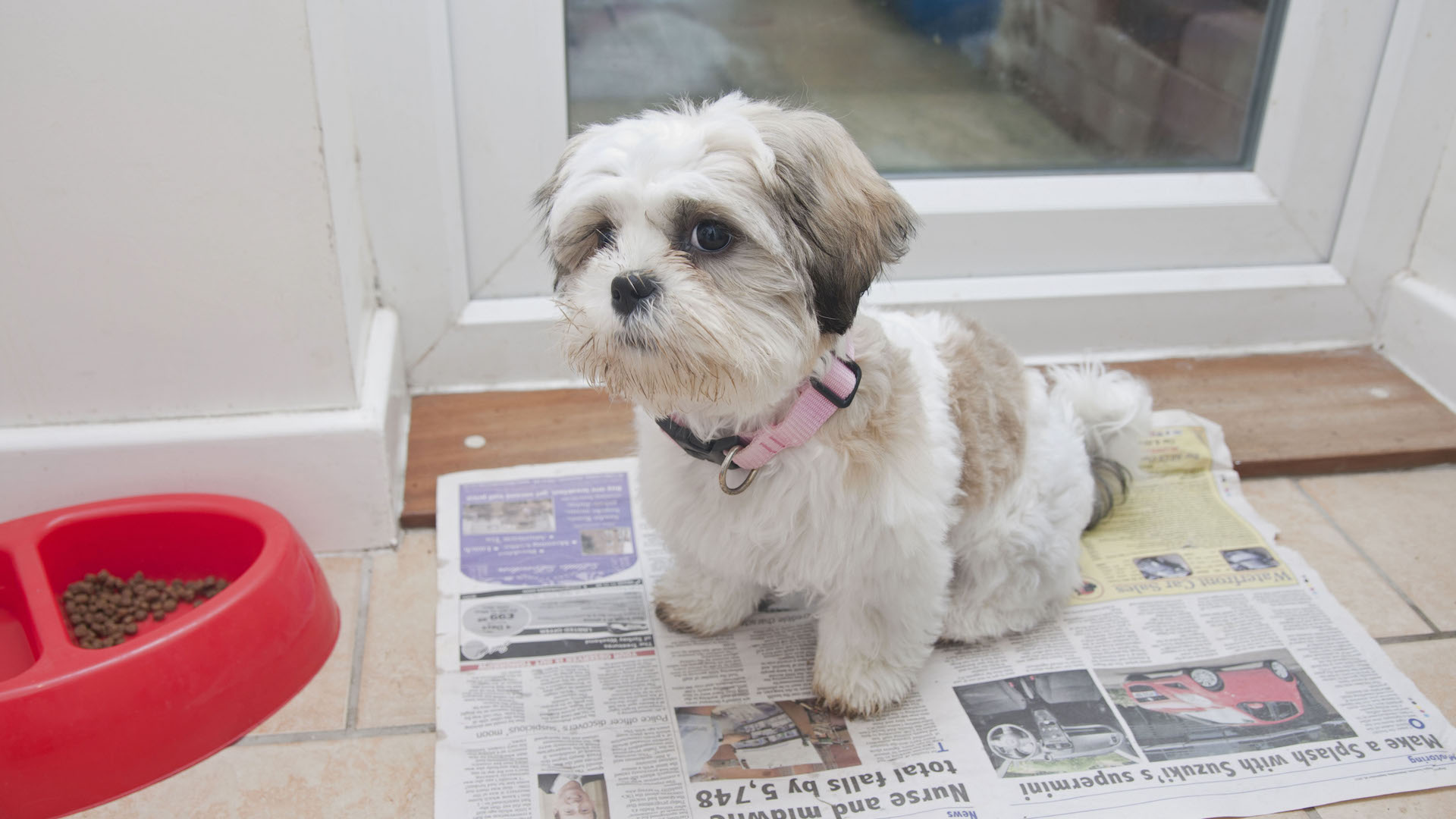
Some variation in stool quality can be expected – it can vary according to changes in diet, exercise, and anxiety – but severe diarrhea is a red flag. Initially, you can monitor your pet for other accompanying signs of illness, but if it does not clear up after 24 hours, seek veterinary help.
Special attention should be given to very young or senior pets, those with underlying conditions, or if you suspect they may have eaten something inappropriate. If in any doubt, consult your vet immediately.
19. Squinting or holding their eye closed
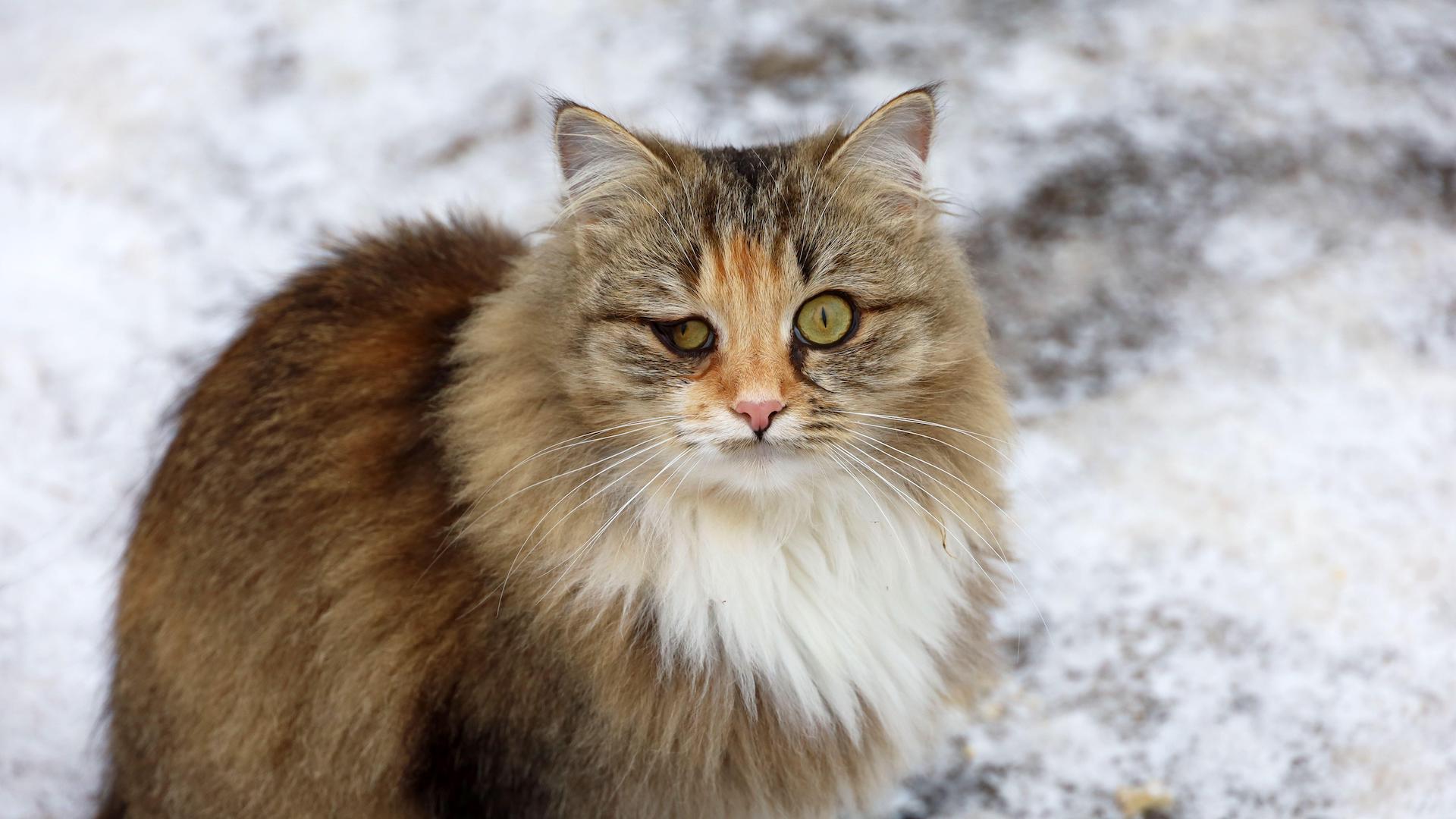
Squinting is a sign of pain, with the eyelid working to protect the eye from further or perceived damage. It can be accompanied by redness, swelling, and discharge, which are all further red flags that all is not well.
It may be something as simple as a grass seed or fly, but equally, squinting could be caused by a corneal ulcer or glaucoma. Whatever the cause, early intervention is key to ensuring the best possible outcome.
20. A change in the appearance of their eyes
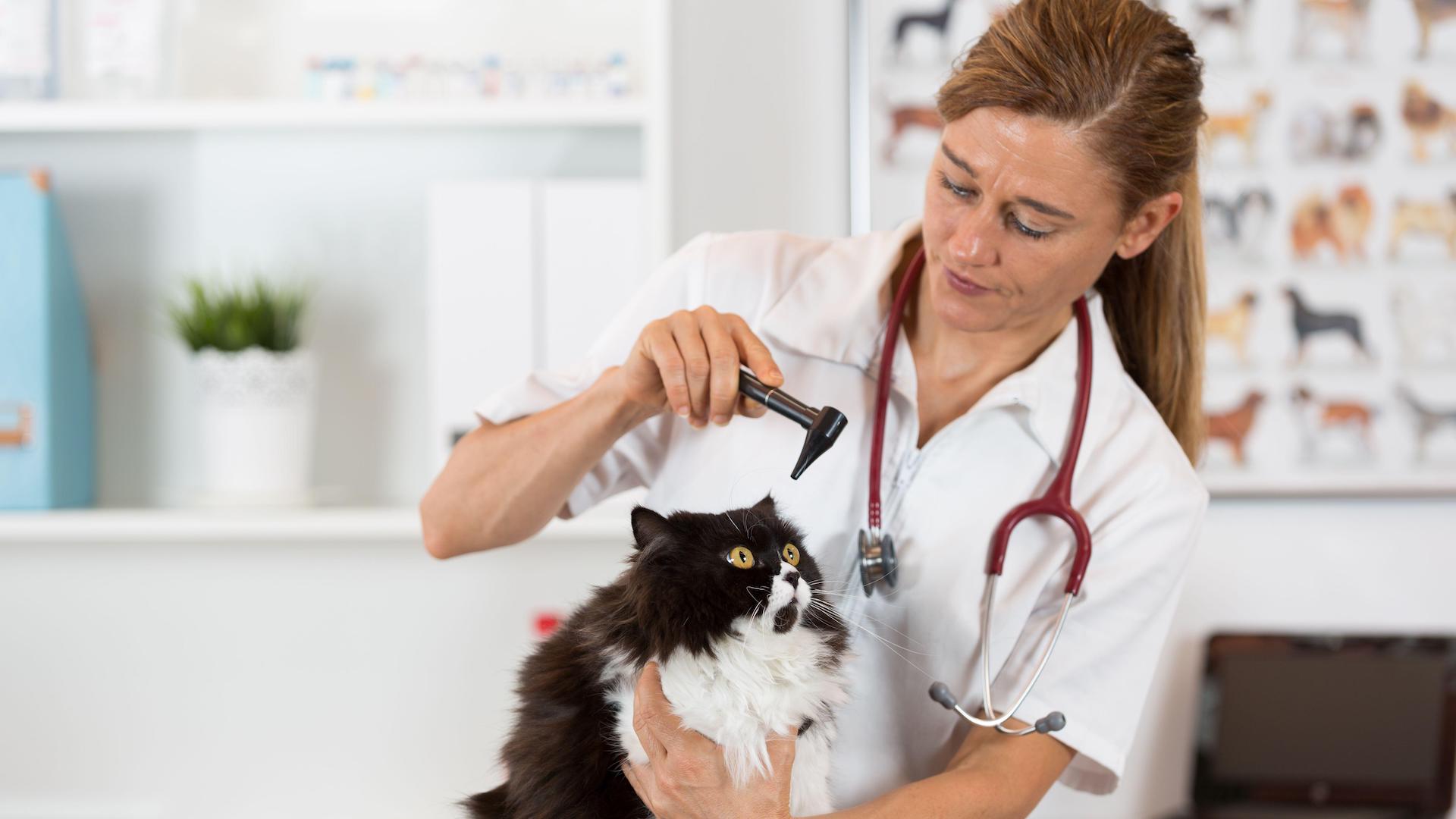
They say eyes are the windows to the soul, and they are indeed a helpful indicator of the health of your pet. Know what is normal for them, and take any changes seriously.
If the eyes are bulging, cloudy, squinting, or the pupils are dilating unevenly, this could indicate a serious problem, while other superficial issues, such as foreign bodies in the eye, infections, or allergies, will also need veterinary attention.
Edited by Georgia Guerin and Alexis de Leaver.
This feature was last updated in June 2025 by Martha Terry.
Martha is an experienced journalist working in both print and digital media. She specializes in the canine, equine and rural sphere where she has covered a wide range of topics from cloning animals and the ingredients for a perfect yard dog, to helping owners find the best canine GPS trackers on the market. When she’s not busy writing about dogs and horses, she’ll be found either aboard a horse or looking after the menagerie of pets in her care.
